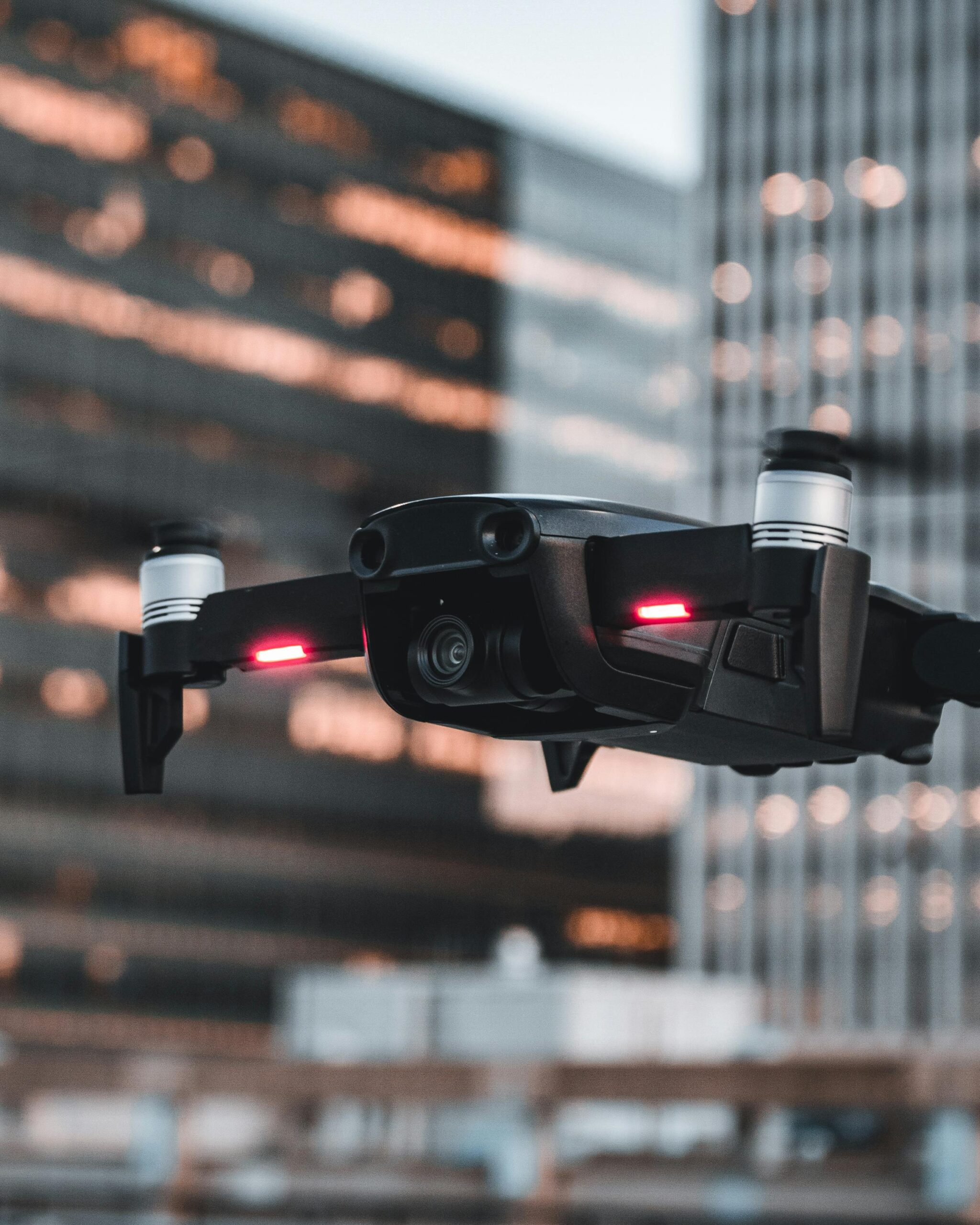🔼 Fundamental Concepts for Drone Flying
💡 Drone Flying Examples and Metaphors
📚 Related Themes in Drone Flying
🧪 Drone Flying Tests and Simulations
🧑✈️ How Real-World Drone Pilots Train for Professional Uses
📚 Drone Applications in Space Exploration and Military Uses
🚚 Drones in Logistics and Delivery
🛸 Overview of the DJI Drone Line: Mini, Avata, Mavic 3, and More
4. Hands-On Flight Experience: Simulation and Real-World Practice
Professional drone pilots must master both theory and hands-on experience. Training often includes two main components:
🕹️ Flight Simulation Training
Pilots spend a lot of time on simulators to practice their flying skills in complex environments without the risk of crashing. Simulators mimic real-world scenarios like:
- Flying in strong winds or heavy rain.
- Navigating through obstacle-filled environments like forests, construction sites, or urban settings.
- Night flying: Practicing flying with limited visibility, using only the drone’s sensors and lights.
Simulators allow pilots to learn emergency procedures (like battery failures or GPS loss) and test their reactions under stress.
🛸 Field Training
Once pilots have honed their skills in simulators, they move on to real-world flight missions under the supervision of instructors. Field training often includes:
- Precision flying: This is important for aerial inspections, where the drone must hover near structures (like power lines or turbines) without crashing.
- Complex environments: Pilots practice in various terrains—like forests, urban areas, and industrial sites—to gain confidence in handling real-world scenarios.
- Data collection: For industries like surveying or agriculture, drone pilots need to learn how to collect and analyze data (e.g., photos, videos, thermal imaging).
